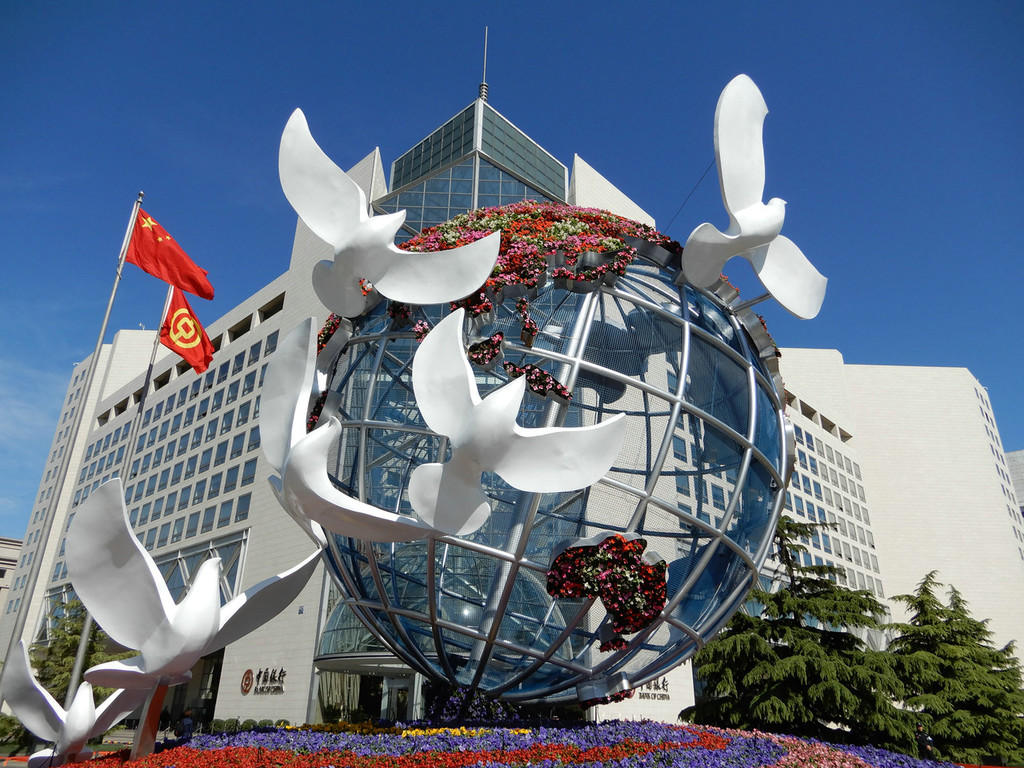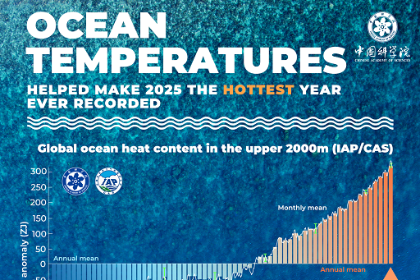Open, inclusive initiative builds road toward prosperity


The Belt and Road Initiative has seen plenty of questions and suspicions surrounding its purpose, feasibility and prospects in the less than six years of its existence.
What has driven the world's second-largest economy to come up with such an expansive initiative as countries scramble for self-protection in the face of rising unilateralism? How has such an ambitious, more or less futuristic idea gained traction in the first place?
Indeed, in 2013 when President Xi Jinping proposed the initiative, how many people expected it to evolve into an effective development mechanism drawing so many countries together?
In his speech at the Second Belt and Road Forum for International Cooperation on Friday, Xi said a connectivity network featuring "six corridors, six transport arteries, multiple countries, multiple ports" has taken shape, innumerable cooperation projects have "taken roots", agreements inked at the first forum are being implemented smoothly, and more than 125 countries and 29 international organizations have signed accords under the initiative's framework.
Xi did not exaggerate when he said the initiative is "a common road of opportunities, a road toward prosperity". If the claim sounds abstract, consult the latest World Bank Group policy research report titled "Common Transport Infrastructure: a Quantitative Model and Estimates from the Belt and Road Initiative". By 2030, the report predicts, Belt and Road transport infrastructure projects would facilitate a 3.35 percent GDP growth for participating countries, and related construction of transport networks could make non-Belt and Road economies grow 2.61 percent. Which means a GDP growth of 2.87 percent worldwide.
Besides reiterating the initiative's open, inclusive and equitable nature, Xi also addressed outsider concerns. Cooperation will be transparent and rules-based, he said. Processes of construction, operation, procurement and bidding shall follow universally accepted conventions as well as the laws of resident countries. The guidelines for raising funds for Belt and Road projects, the principles of green investment, and the debt sustainability analytical framework he mentioned mean such promises will not end up as empty talk.
An equally important part of Xi's speech was the emphasis on China's continuous commitment to openness, and pledge of "a series of significant measures of reforms and opening-up" which he said are meant to promote an "even higher level of opening-up to the outside world".
Since China remains committed to providing broader access for foreign capital, strengthening intellectual property rights protection, and importing goods and services on a larger scale, Xi's promise to "attach greater significance to the implementation of policies of opening-up" deserves special attention, for it means Beijing will formulate binding execution mechanisms to fulfill all its treaty obligations. And fulfilling obligations is what the Belt and Road Initiative is all about.


































